In the first days of opening, the Vietnam Military History Museum welcomed tens of thousands of visitors.
In recent days, information and images about the newly inaugurated Vietnam Military History Museum in Nam Tu Liem District ( Hanoi ) have been a topic of interest and interest on mass media and social networks. The inauguration and operation of the largest museum institution to date is an important milestone not only for our army but also for the people of the whole country, providing a comprehensive picture of the heroic history of struggle and the bravery of the Vietnamese people throughout thousands of years of building and defending the country.
The Museum's appeal to the public shows that the need to visit, learn, study, and experience national history is increasingly emphasized; at the same time, the museum's efforts to innovate in the way it displays and tells stories have been effective. With an area of over 38 hectares, displaying more than 150,000 artifacts, the work of collecting, displaying, and preserving creates a great challenge for the team of experts to both ensure political and scientific integrity in accordance with the historical process and leave an impression on viewers.
Right from the entrance, visitors can admire the 45m high Victory Tower, symbolizing the year 1945 - when President Ho Chi Minh read the Declaration of Independence giving birth to the Democratic Republic of Vietnam with a unique design of a five-pointed star stacked in many layers. The square area on both sides of the tower is where large-sized artifacts such as: airplanes, tanks, radar vehicles, trucks, artillery, mines... are displayed, associated with historical figures and events in the great resistance wars of the nation.
The Museum's architecture is simple yet modern and friendly, with lots of open spaces, trees and lawns. The first floor is divided into six major themes with hundreds of meticulously designed small spaces, taking visitors on a historical journey from the early days of the country's founding to the present.
The six exhibition themes include: Part one “The beginning of nation building and defense (7th century BC to the Bach Dang victory in 938)”; theme two “Protecting national independence from 939 to 1858 (wars against foreign invasions of Vietnamese feudal dynasties)”; theme three “Fighting against French colonialism from 1858 to 1945”; theme four “Resistance against France from 1945 to 1954 (defeating the second invasion attempt of French colonialism and intervention of American imperialism)”; theme five “Resistance against America from 1954 to 1975, unifying the country” and theme six “Building and defending the Fatherland from 1975 to present”.
Standing out among the tens of thousands of artifacts of the Vietnam Military History Museum are four national treasures that demonstrate the heroic feats of our army and people in the war against the US to save the country: MiG-21 aircraft number 4324; MiG-21 aircraft number 5121; the Ho Chi Minh Campaign Determination map; T-54B tank number 843.
The arrangement and organization of the exhibition of treasures are very rich and creative. For example, the MiG-21 with serial number 4324, nicknamed “Silver Swallow”, is fixed in the air by cables, facing up in the middle of the entrance hall, as if flying in the sky of the Fatherland. On the body of the legendary aircraft are printed 14 red stars, representing the feat of shooting down 14 planes of the US Air Force during the bombing war in the north of our country… Next to each artifact, no matter how small and simple, there are detailed annotations and careful translations, from the primitive spearhead that the old farmer soldiers created to fight, or a stone that contributed to defeating the enemy. Looking at each artifact, listening to each story, viewers will remember more and more the bloody sacrifices of previous generations, and at the same time be more proud and appreciate the value of peace.
In addition to traditional displays, the Vietnam Military History Museum also makes its mark with advanced technologies such as 3D sand tables, motion graphics, automatic explanations, information lookup screens, documentary films and animated films, interactive video games, etc. The developments of major campaigns of special importance to the Vietnamese revolution such as the Dien Bien Phu Campaign, the Ho Chi Minh Campaign, etc. are presented in many unique, intuitive combinations.
Virtual reality simulation technology brings visitors back to glorious historical moments, explore fierce battlefields, and deeply feel the heroic spirit, intelligence and bravery of our ancestors. Some quotes from poetry and literature expressing the spirit and morality of the nation such as "Using great justice to defeat cruelty, using benevolence to replace violence" (Binh Ngo Dai Cao by Nguyen Trai) are intentionally arranged to create an impression. The museum will have many interactive spaces, new contemporary art spaces that will continue to be launched in the near future. In addition, digitalization projects are also carried out such as online photo exhibitions, virtual tours, etc. so that people from far away can experience them when they do not have the opportunity to come to the capital.
The new look of the Vietnam Military History Museum is a strong transformation, aiming to become an attractive cultural and educational destination for all classes of people, domestic audiences and international friends who want to learn about Vietnamese history, especially military history. The museum has now completed phase one of the project, opening free of charge to visitors until the end of December 2024.
Nhandan.vn
Source: https://nhandan.vn/den-bao-tang-de-song-cung-lich-su-post847153.html






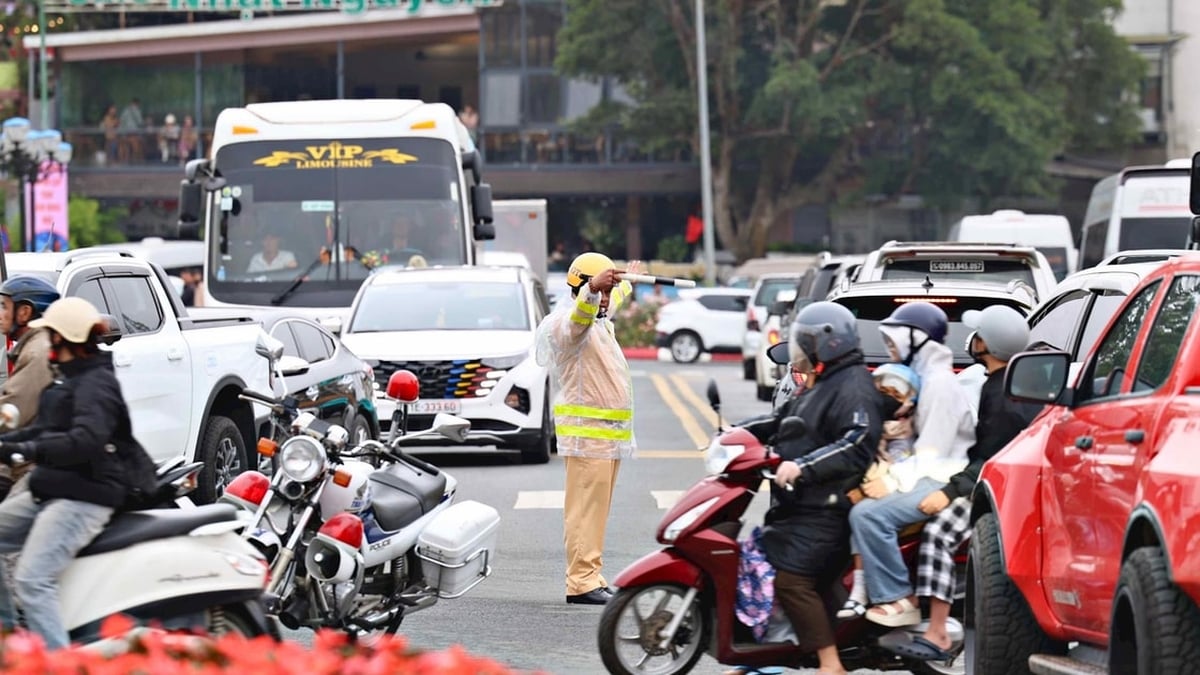
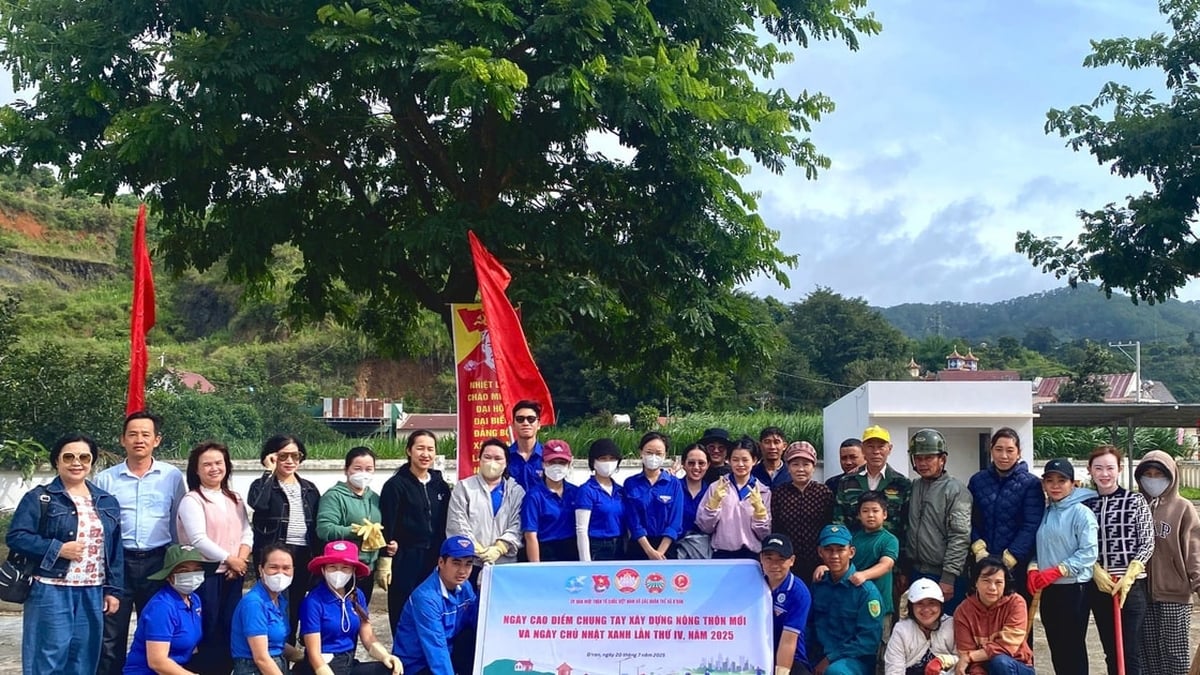

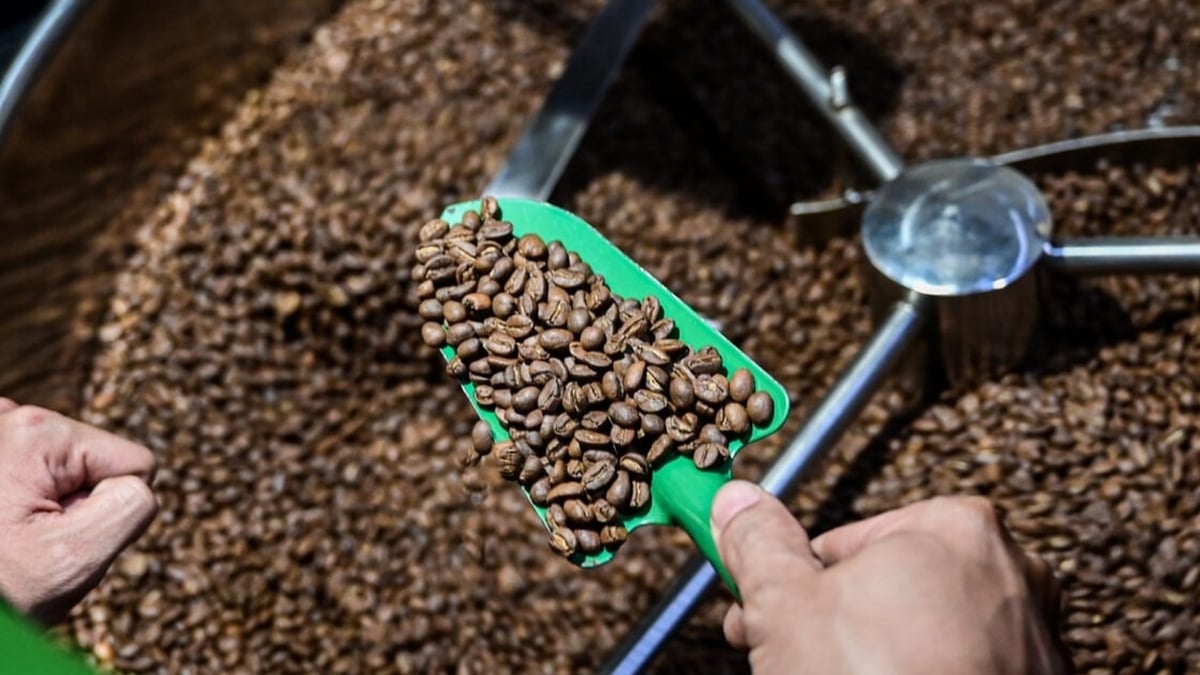
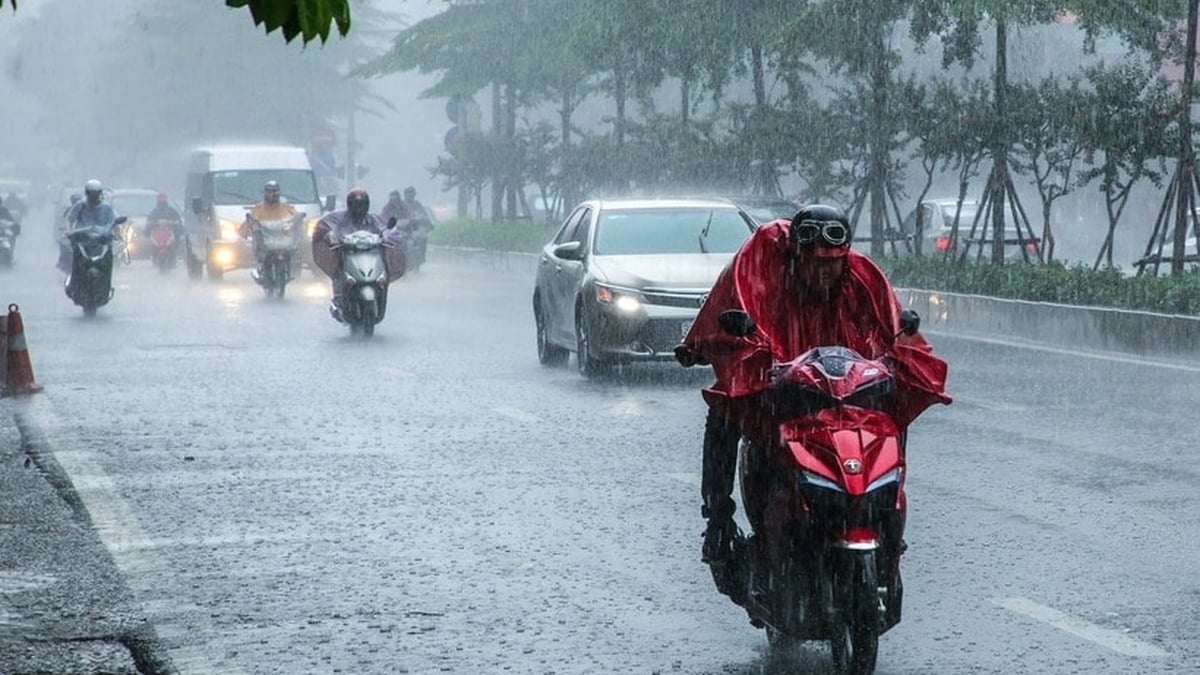
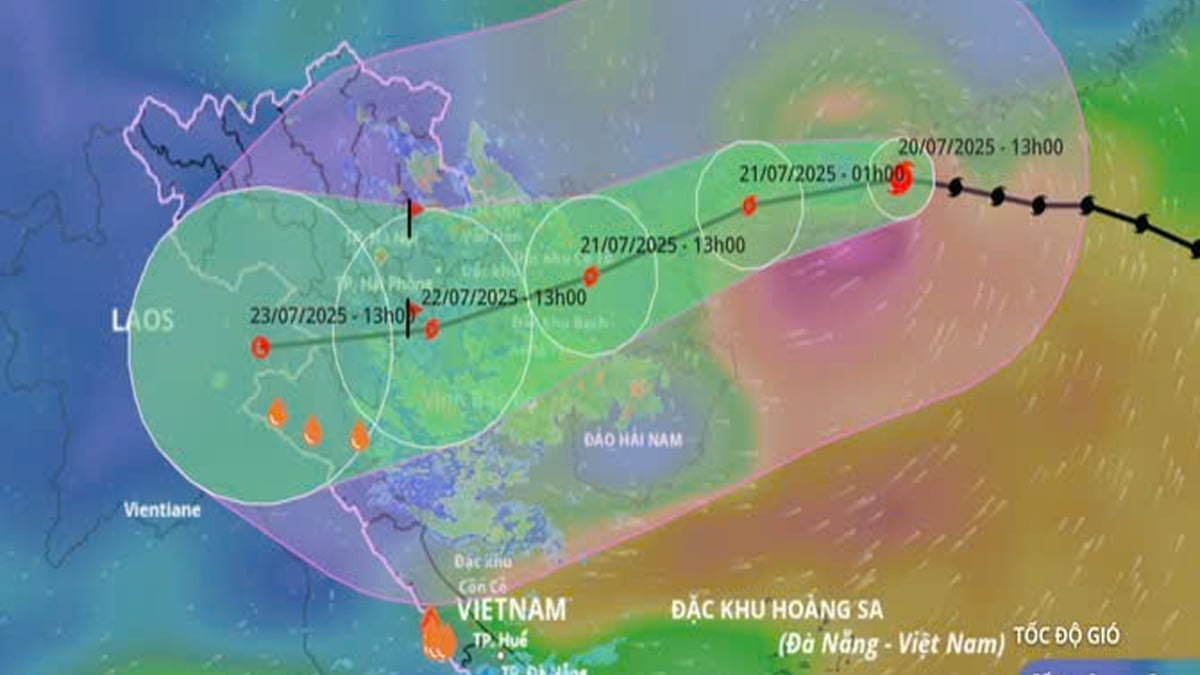













![[Photo] National Assembly Chairman Tran Thanh Man visits Vietnamese Heroic Mother Ta Thi Tran](https://vphoto.vietnam.vn/thumb/1200x675/vietnam/resource/IMAGE/2025/7/20/765c0bd057dd44ad83ab89fe0255b783)







































































Comment (0)